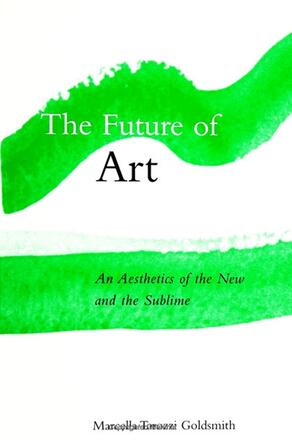
The Future of Art
An Aesthetics of the New and the Sublime
Alternative formats available from:
Draws upon a wide range of aesthetic theories and artworks in order to challenge the view that art is valueless or purely subjective.
Description
By analyzing the three loci of aesthetics—the subjective, the objective, and the absolute—the author concludes that only the sublime demonstrates that art is neither subjective nor objective. The one essential component of art is the new, the sole "instrument" that can guarantee art's vitality even when confronted by the nihilistic tendencies of modernity.
Marcella Tarozzi Goldsmith, an independent scholar, is the author of Nonrepresentational Forms of the Comic: Humor, Irony, and Jokes.
Reviews
"The originality of this work, its broad scope, and the author's familiarity with the work of contemporary European and American aestheticians and philosophers make this work a valuable asset to those interested in aesthetics." — symplokeu
"I like the introduction of the idea of the sublime as a crucial factor in art, which then allows the author to criticize Nietzsche's nihilism. The book has the courage to object to several 'politically correct' views of art: art as purely subjective, art as style, art as valueless and thus part of the nihilist movement." — Wilfried Ver Eecke, Georgetown University
"The author knowledgeably discusses an extremely wide range both of aesthetic theories spanning continental and 'analytic' traditions and of art works from antiquity to the most recent postmodern experiments. She addresses many of the most important issues in aesthetic theory and she writes with consummate style. Although the literature in aesthetics is vast, Goldsmith's book manages to address a wider array of aesthetic theory than other contemporary accounts." — Richard Dien Winfield, author of Stylistics: Rethinking the Artforms After Hegel